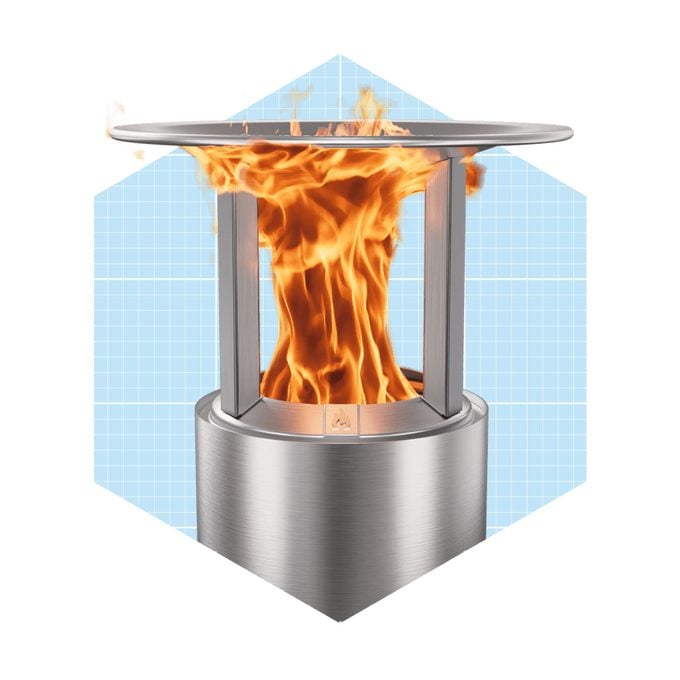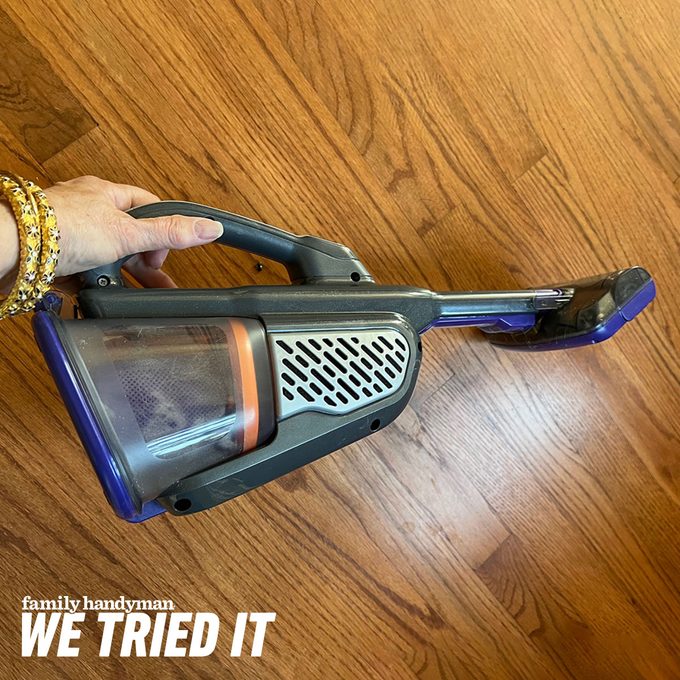We all like nature, even if we don’t necessarily think about it. We give flowers as gifts, have dog and cat friends, and tend to vacation in scenic places like the mountains and the beach. Intuitively, being in nature is calming and restorative for humans. That’s one reason for the buzz around biophilic design.
“It has taken off in the last few years, like almost nothing I’ve seen,” says Jim Mumford, owner of Good Earth Plant Company in San Diego. “I’ve seen these things kind of come and go, but this one is really sticking.”
And it makes sense. Our attraction to nature makes us sit and look at the waves, or stare at the night sky. So why not add nature-inspired elements into our homes?
Here’s what to know about biophilic design, with some advice from Mumford on how to incorporate it into your home.
What Is Biophilic Design?
Biophilia describes our love of nature, innate connection to it and ultimate desire to emulate it. Biophilic design applies those concepts to our homes and other buildings through interior design, landscaping and architectural creations.
Biologist and naturalist E.O. Wilson first popularized the term in his 1984 book Biophilia. The late Stephen R. Kellert, Ph.D., of Yale University is largely credited for bringing it into today’s mainstream architecture and design. The consulting group Terrapin Bright Green continues this work today.
Here are the three tenets of biophilic design:
- Nature in the space: This includes adding features like plants, aquariums, fireplaces and outside views of greenery. If they include movement, all the better, Mumford says. “I’m still waiting for the project where get to make grasses blowing in the wind inside,” he says.
- Natural analogues: Man-made elements that invoke a feeling of nature. These include using fabrics with patterns and earth tones, incorporating natural materials like bamboo and stone and furniture with curved designs.
- Nature of the space: How a space affects our emotions. This is usually done through artful architectural emulations that suggest a natural landscape, like a wide-open savannah that invokes a feeling of refuge or mystery. “That’s harder for a homeowner to incorporate unless they’re talking to their architect early on, because it has do to with how you lay out your house and landscape,” says Mumford.
Where and When Is Biophilic Design Most Often Used?
Biophilic design first took off in commercial settings, but now it’s becoming popular in homes as well. It’s really gaining steam in office buildings, where Mumford says managers use it to entice people back from their home offices.
Hospitals are also increasingly embracing biophilic design. Studies have shown patients with a view of nature out their window recover more quickly, use less pain medication and complain less.
Mumford is also starting to see biophilic design incorporated more into retail. Stores are including elements like plants and living walls, with restaurants hanging plants from the ceiling.
Examples of Biophilc Design
Singapore has become famous as a biophilic city, with an abundance of green walls and roofs. The Jewel Changi Airport, with the world’s tallest indoor waterfall and a hedge maze, offers one of the city’s most famous biophilic designs.
In Seattle, the retailer Amazon took the idea of a biophilic workspace to the max with its Amazon Spheres. The three glass domes, each 80 to 95 feet high, house 40,000 plants, employee lounge areas, meeting spaces and retail stores.
Then there’s the world’s greenest apartment complex, the Bosco Verticale in Milan, Italy. It’s comprised of two forested skyscrapers with 2,000 tree species on their facades. Besides being biophilic, that project aims to promote plant and animal biodiversity, along with other environmental benefits.
How To Integrate Biophilic Design in Your Home
“People in their homes have been doing biophilic design all along, they just didn’t necessarily have a name for it,” says Mumford. “You pick wallpaper with flowers on it. You pick an earth tone paint for your dining room. You put a vase of flowers on the table.”
So you probably already have some biophilic elements in your home. The easiest way to add more? Get some houseplants, says Mumford.
“They change the whole atmosphere, bringing in oxygen and changing the feel of a space,” he says. “And the thrill of watching a new leaf come out, that’s pretty exciting for us plant nerds.”
Other elements of biophilic design to add to your home include:
- Floral patterns and earth tones;
- Natural materials like wood and wool;
- A solar tube to bring in natural light through the ceiling;
- A living wall or moss wall;
- Water features like a small fountain or aquarium;
- Fresh air;
- A fireplace (or even just a YouTube of a crackling fire);
- Paintings, photographs and other art depicting nature;
- Organic shapes, like furniture with soft curves.
If you’re building a home, consider designing in elements like:
- Large windows, to let in natural light and scenery;
- Built-in planters;
- A built-in waterfall or other water feature;
- Big trees on the patio or even indoors;
- A living roof;
- Organic architectural shapes like arched entryways and curvy countertops.
“And at the end of the day, remember we are nature,” says Mumford. “We just happen to separate ourselves out from it so we’re comfortable, but we’re animals like the rest of them.”
About the Expert
Jim Mumford is the owner of Good Earth Plant Company, which he founded in 1977. A passionate advocate for biophilic design, he’s dedicated to creating and innovating sustainable, nature-centric built environments using plants, moss and natural materials. These promote wellness, environmental consciousness and natural beauty.
Article source here: What Is Biophilic Design and How Can You Incorporate It?




















